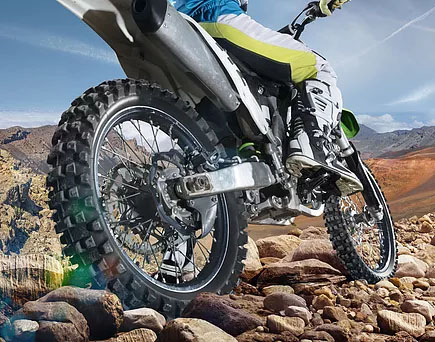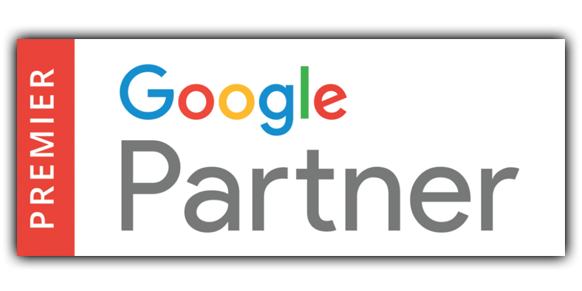How Do You Rank?
Last month, we talked about the recipe for showing up in the Local Pack (map section in the middle of the page) in Google search results. Those aren’t the only results though, so let’s talk a little about what it takes to show up in the other organic results on the page.
Using Search Engine Land’s 2017 Local Search Ranking Factors study that was published last month as a guide, we can get a pretty good look at what makes up the top secret Google algorithm.
Link Signals play a big part in ranking, coming in first this year at 29% of your ranking factor. Think of link signals as Google looking at who else on the internet thinks your page is important enough to link to, or reference. The more important the site or sites that link to you, the higher quality/value Google interprets your site to be.

For example, let’s say Google is looking at two sites and is determining which one likely has better content and should be ranked higher. One site has several inbound links from a blog that has almost no followers, with sporadic posts. The other site is linked to by a national industry specific review site with over 100 thousand legitimate customer reviews. The second one is going to rank higher – as it should.
The second big ranking factor is On-Page Signals at 24%. This is most commonly referred to as on-page SEO. Is your NAP (name, address, phone #) info present and correct, do you have keywords in titles, URLs, etc.? This is all the stuff your web site provider should be working closely with you to make sure your site properly reflects what you do.
The third big ranking factor, coming in at 11% are Behavioral Signals. These reflect what people do when they see your site on search results. Things like click-through rates are important here. When they see you, are they compelled to take action by clicking? Another component here is click-to-calls. This is part of why mobile friendly sites are so important. When they see you on mobile do they click to call? That is a huge signal to Google that what you offer is relevant and compelling to searchers, and that is what Google is all about. Check-ins fall under this category as well, further emphasizing just how important a solid mobile site/presence is.
Personalization weighs in at 9%. Think of this as some level of uniqueness of content. While dealerships all sell the same makes and models on the whole, there can still be uniqueness of content on pages on your site. The home page, about us page, service page, as well as map and hours can all have unique content to set your dealership apart and provide clues to Google about why it is important that they show your site in their results.
Citation Signals are still a factor at 8%. This can be thought of as Google being able to match your info to info found in other places around the web. Your on-page NAP info is compared to NAP info around the web on various data aggregators and listing sites for consistency. A consistent, uniform presence around the web gives Google confidence that you are a reliable result.
Review signals round out the ranking factors we’ll be discussing, coming in at 7%. Reviews are hugely important in that consumers use them nowadays as a benchmark of whether or not they’ll even consider you as an option for a purchase. If you’ve got more bad reviews than good, or a low star rating, you often won’t even get an opportunity to speak with a prospect, much less sell them something. Google considers how many reviews you have, as well as how frequently you get them, in their ranking. The only thing worse than having no reviews or bad reviews is having old reviews. Reviews are considered expired (for lack of a better way to say it) after 90 days in the minds of consumers according to Google. You need to have a system in place to continuously, and automatically harvest authentic reviews – and that’s not easy.
As I said last month, the marketing world has changed, and is still constantly changing. It can be difficult to stay current and still pay attention to the main objective of a dealership, which is to move metal. In today’s marketing environment, which is truly turning into a hybrid of digital and offline methods, it makes good sense to partner with someone who can handle marketing and allow you as a dealer to do what you do best – sell.
Yes, this is somewhat of a shameless plug, but having seen what our Local Web Dominator product has done for dealers of all OEMs all over the country, I am sold on how effective it is and know it can be a game changer for so many more dealers. If you want to find out how you can automate the 88% of ranking factors I’ve just explained above, give us a call.
Talk Soon,
Brad

